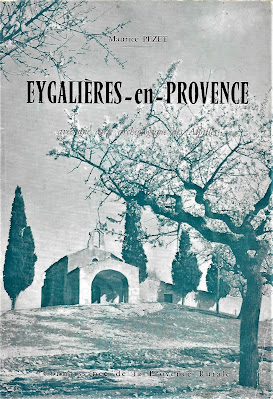Imagine Blake, or whatever his name is at a particular time, or rather whatever his many names are, who is a hired killer, or rather he owns a thriving international vegetarian cooking business (yes, the irony!) with his wife as he has a double life. But then along comes a double. Of himself that is, a REAL double, as this person is actually himself, as if carbon-copied in three dimensions, totally identical, living, breathing, feeling, etc: the same person in fact. When the two meet, he (that is the first Blake) must kill him(self) because how can two such individuals exist? Hardly credible, hardly bearable.
And then there's Victor Miesel, an unsuccessful author of his own books, but who makes his money translating other authors. He kills himself though, but as a result (sort of) becomes a posthumously well-known writer, ripe for publication in a number of languages. What a pity he's killed himself! Although he's not, or rather the Victor who's killed himself has called himself Victør in the new book, incidentally titled L'Anomalie the same as this, Hervé Le Tellier's book – not that that matters a jot though because they're the same person (and not, sort of).
Just to end a very short list of the many characters who have identical characters (and there are over 200, but we don't meet them all), there's Slimboy, the Nigerian singer who's always (sort of) denied he's gay but at the same time always (sort of) hinted that he is gay. He gets on well with his identical Slimboy, and they make a great musical duo. (Of course the same can't be said of all the other identical couples, as jealousy, incomprehension must exist in spite of the existence of psychologists who are really needed in certain situations.)
What situations? Oh, I didn't mention that one. You see, there was a plane (on which the above characters were travelling from Paris to New York) which landed in March 2021, but then there was an identical plane three months later carrying identical people with identical histories wanting to land in New York too. The pilot (who had died of cancer three months before and will die the same death later) doesn't understand (after considerable turbulence) why he is forced to land at a US air force base: after all, not passenger plane has done so before. What is going on?
Le Tellier, OuLiPo chief, is what's going on. This novel is not science fiction but, er, partly extra-dimensional, a kind of 'what if...'. What if what? Well, what if beings existed with far superior intelligence to ours, what if there were far more dimensions than our perceived four, what if – and let's be honest here – we are just products in a computer program, not the 'real' people we think we are?
When it happens a third time though, POTUS has had enough and just zaps them out of existence. We can't allow this thing to proliferate, can we? (Although surely POTUS would have gotten on really well with himself? Uh, maybe not.)
L'Anomalie is an engrossing and provocative novel, pulling mathematics, philosophy, psychology, literature, and many more subjects into its compass. It's a brilliant novel, and I can fully understand why it's the favourite for the Goncourt (whenever that will be announced in these bookshop-closed times).
Just three thoughts:
1. There's a small section called (in English) 'THE PEOPLE HAS THE RIGHT TO KNOW'. I agree, they certainly has: at the end of the book Le Tellier thanks a number of people, although unless this is deliberate for some reason, I fail to see why an apparent grammatical error (singular in French but plural in English) passed proof reading. Can an enlightened person explain? Thought not: it's just an error.
2. Less seriously, the section 'Recontre du deuxième type' (yeah, Le Tellier's novel is full of quotations and allusions to both academic and popular culture) speaks of the 'second' Blake (rather like Beckett's Murphy) tied naked to a chair, although four pages later the 'first' Blake undresses the corpse! Another error the proof reader missed?
3. The novel is set in 2021, mentions coronovirus in the past, but still gives words by a completely stupid 'POTUS'. Now, I write this on the eve of the US election result: I can understand that Le Tellier had to move the scenes on a year because he thought Covid-19 would be short-lived, but predicting the US election? Wow! Some things in the novel just haven't been thought out.























